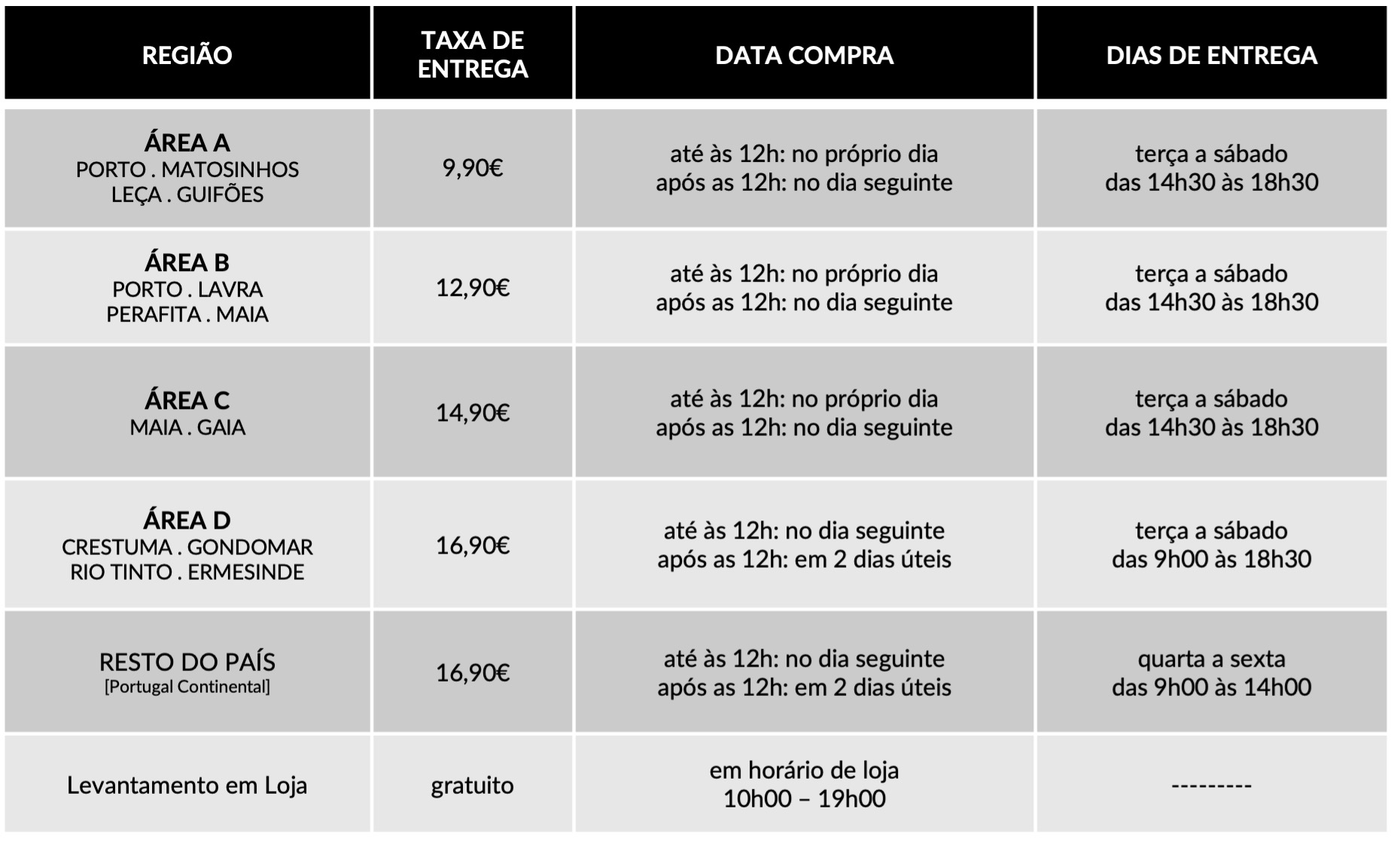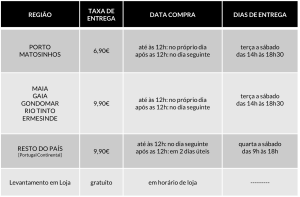Privacy Overview
| Cookie | Duração | Descrição |
|---|---|---|
| cookielawinfo-checkbox-analytics | 11 months | This cookie is set by GDPR Cookie Consent plugin. The cookie is used to store the user consent for the cookies in the category "Analytics". |
| cookielawinfo-checkbox-functional | 11 months | The cookie is set by GDPR cookie consent to record the user consent for the cookies in the category "Functional". |
| cookielawinfo-checkbox-necessary | 11 months | This cookie is set by GDPR Cookie Consent plugin. The cookies is used to store the user consent for the cookies in the category "Necessary". |
| cookielawinfo-checkbox-others | 11 months | This cookie is set by GDPR Cookie Consent plugin. The cookie is used to store the user consent for the cookies in the category "Other. |
| cookielawinfo-checkbox-performance | 11 months | This cookie is set by GDPR Cookie Consent plugin. The cookie is used to store the user consent for the cookies in the category "Performance". |
| viewed_cookie_policy | 11 months | The cookie is set by the GDPR Cookie Consent plugin and is used to store whether or not user has consented to the use of cookies. It does not store any personal data. |

Dedicamos toda a atenção na manutenção e preservação das nossas Flores, garantindo que cheguem ao nosso cliente com toda a frescura, qualidade e beleza. Disponibilizamos várias soluções de manutenção e embalamentos adequando sempre a cada necessidade e contexto da entrega.
Pode incluir na sua oferta uma mensagem personalizada que irá ser reproduzida por nós. No processo da compra online basta preencher o campo ”dedicatória” e escrever a mensagem pretendida.
Valorizamos e priorizamos a qualidade dos serviços e dos nossos produtos. Todas as flores disponibilizadas nos ramos e arranjos disponíveis na loja online são frescas e estão em condições de servir o destinatário.
Caso haja alguma insatisfação por parte do cliente, recomendamos que utilize os nossos canais de comunicação para que possamos analisar a questão.
As fotografias são ilustrativas, quer isto dizer que não garantimos a 100% a sua fieldade com a realidade.
As fotografias devem ser interpretadas como uma base de modelo ou de estética onde as alterações estão sujeitas ao stock da flor e ao trabalho humano de cada florista. Note-se que algumas flores são sazonais e não estão disponíveis todo o ano. Como tal, serão necessárias fazer adaptações consoante a época e o stock da flor.
Para casos onde as alterações sejam extremamente notórias, contactaremos o cliente para ajustar a melhor solução.
Não cancelamos nem alteramos encomendas se esta já se encontrar em fase de curso, ou seja, se já tiver saído da loja e em fase de transporte.
Se a encomenda se encontrar no estado inicial, de processo, é possível alterar e cancelar a encomenda e reaver o seu dinheiro.
Caso não havendo outra referência dada pelo utilizador (por exemplo: deixar no porteiro, na loja x, à pessoa y) o utilizador será contactado de imediato para ficar ao corrente da situação e, à falta de alternativas, a encomenda voltará para a Terrárea, Caso seja reagendada uma nova entrega será cobrada novamente taxa de entrega.
Sublinhamos a importância dos dados fornecidos pelo utilizador estarem correctos e claros. Há sempre a possibilidade do utilizador acrescentar um ponto de referência e outras informações para que não hajam quaisquer dúvidas no acto da entrega garantindo, assim, a qualidade do serviço.
Lamentamos mas não podemos facultar essa informação, se o cliente que realizou a encomenda não pretender.
Estamos abertos a alterações embora estas estejam sempre condicionadas pelo tipo de pedido do utilizador, stock em loja e conceito estético. Nestes casos sugerimos o contacto telefónico ou por email.
Queremos satisfazer todos os nossos clientes e oferecer o nosso melhor serviço. Agradecemos, por isso, todas as opiniões e sugestões para podermos encontrar soluções às suas necessidades! Contacte-nos a partir dos seguintes meios: via email info@terrarea.pt ou telefone 223 170 414
You can see how this popup was set up in our step-by-step guide: https://wppopupmaker.com/guides/auto-opening-announcement-popups/

Ao subscrever a newsletter aceito o tratamento de dados pessoais segundo as políticas de privacidade.
SIGA-NOS EM
CONTACTOS
223 170 414
(Chamada para a rede fixa nacional)
INFO@TERRAREA.PT
COMERCIAL@TERRAREA.PT


Why a Multi-Currency Wallet Should Feel Like a Trusted Desk Companion
Okay, so check this out—I’ve been juggling crypto wallets for years, and the thing that keeps catching me off guard is how often the simplest UX choices are the ones that make or break trust.
Here’s the thing. Desktop wallets can be powerful and also painfully confusing. At first glance they promise control and privacy, but then you get lost in menus and recoveries and before you know it, you wish you had stayed with that cleaner mobile app.
Really? Yep. Seriously.
My instinct said a desktop wallet would be too nerdy for everyday use, but then I tried one that handled ten currencies without me thinking twice, and that flipped my assumptions.
Whoa! That sound you hear is me realizing that usability matters more than raw features. On one hand, a full-featured desktop app gives you better visibility into transactions, and on the other hand, mobile wallets win on convenience—though actually, wait—let me rephrase that: the best setups blend both without forcing you to sacrifice security for ease.
I’m biased, but I prefer a wallet that looks good on my screen and doesn’t demand I read a ten-page manual. Something that feels like an app someone designed who also drinks coffee and has empathy for humans.
There was a time when I kept wallets on different devices for different coins, which was messy and risky. It felt inefficient and a bit irresponsible. Somethin’ about that bothered me a lot.
Then I found a multi-currency flow that let me manage BTC, ETH, and smaller chains in one place, with clear labels and simple swap paths. That changed the game.
Here’s the short version: UX wins trust, and trust reduces mistakes.
Desktop wallet: why it still matters
Desktop wallets give you a wider canvas to show balances, transaction histories, charts, and advanced settings without feeling cramped. They’re better for batch operations, exporting keys, and running manual backups, even though many people only use them for occasional large transfers.
Initially I thought desktop wallets were for whales and traders only, but I realized that a thoughtful desktop app can educate regular users—showing fee estimates, address labels, and even warnings—so they don’t make dumb mistakes.
On the flip side, if the desktop client is bloated or obscure, it becomes shelfware. That part bugs me. I’m not 100% sure why some developers think packed feature lists equal value—it’s often the opposite.
Check this: a solid desktop app feels like a control center. You get detailed logs when you need them, but the common flows are streamlined and forgiving.
Here’s the thing.
Multi-currency support: what to look for
A true multi-currency wallet doesn’t just list tokens; it integrates them into flows so you can send, receive, and swap without friction. That means reliable asset discovery, clear fee visibility, and consistent signing behavior across chains.
On one hand, supporting lots of chains increases attack surface, though on the other hand, it lowers the user’s cognitive load by reducing the number of separate keys they must manage. Complicated tradeoff.
I’m not saying every wallet needs to support 200 coins. What matters is curated, well-tested support for a reasonable set, and modularity so new chains can be added safely.
Too many wallets show tokens with tiny market caps right beside major assets, which confuses newcomers and triggers bad decisions.
Here’s the thing.
Security must be practical. Cold storage for large holdings, hardware wallet support for daily desktop use, and clear seed backup processes are table stakes. If an app forces you into a confusing backup ritual, you’re dead in the water.
Actually, wait—let me rephrase that: if the backup UX is confusing, users will improvise and probably do it wrong. They will copy seeds into Notes, or worse, a cloud-synced doc. That is very very dangerous.
My approach has always been pragmatic: protect what matters most and make the defenses straightforward. Use a desktop wallet for transparency and a mobile wallet for convenience, but unify the experience.
Hmm… sometimes less is more.
Mobile wallet: convenience that shouldn’t compromise safety
Mobile wallets are where people live. You tap, you pay, you scan QR codes at brunch. But mobile must not be a free-for-all. It should enforce clear authentication, make approvals explicit, and never silently authorize token allowances that drain accounts.
One of my clients once nearly approved an infinite allowance by accident because the consent flow was ambiguous. Oof. That scarred me.
On mobile, notifications, biometric unlocks, and compact transaction previews need to be designed so even distracted users can catch important details. Little touches—like showing fiat equivalents and counterparty names—help a lot.
Here’s the thing.
I tried moving between desktop and mobile with one wallet that synced account labels and preferences, and it felt seamless; I could check a complex transaction on desktop and then approve it on mobile without re-entering details. That kind of continuity builds confidence.
I’m not 100% certain every product can pull this off flawlessly, but some do—and the difference is night and day for daily usability.
My instinct said that multi-device sync is a security risk, but the right approach is encrypted sync with local keys and optional cloud backup as a convenience opt-in.
On balance, transparency and user control beat obscure automations.
Here’s the thing.
Where aesthetics meet trust
Design matters. People judge safety by polish more than they should, and that’s fine—good design communicates competence. Color, typography, and microcopy should reduce ambiguity, not add to it.
I’ve seen a gorgeous wallet that hid critical warnings under tiny links. That was infuriating. Beauty without clarity is lipstick on a risk.
Real-world examples from the US market show that mainstream adoption follows when wallets mirror app expectations: clean onboarding, clear privacy choices, and helpful defaults.
I’ll be honest—sometimes I prefer a familiar, slightly less flashy UI that tells me what’s happening, step by step. That preference might be small, but it keeps me from making errors.
Here’s the thing.
FAQ
Can a single wallet really handle desktop and mobile needs?
Yes—if it treats each platform as a distinct UX surface while keeping cryptographic state consistent. Think synced labels, hardware wallet support for desktop, and secure biometric flows for mobile. For a practical example and a smooth, human-friendly interface, check out exodus wallet, which balances visual design with multi-asset support.
Should I keep large balances in a multi-currency hot wallet?
Move your long-term holdings to cold storage or hardware wallets. Keep what you need for spending or trading accessible, and make sure your hot wallet enforces clear approval flows and offers easy, secure backup options.
What’s the quickest way to test a wallet’s usability?
Try receiving a small amount, sending it back, and performing a simple swap. If the steps are obvious and the risks are highlighted, it’s a good sign. If you feel unsure at any point, that’s a red flag—stop and reassess.